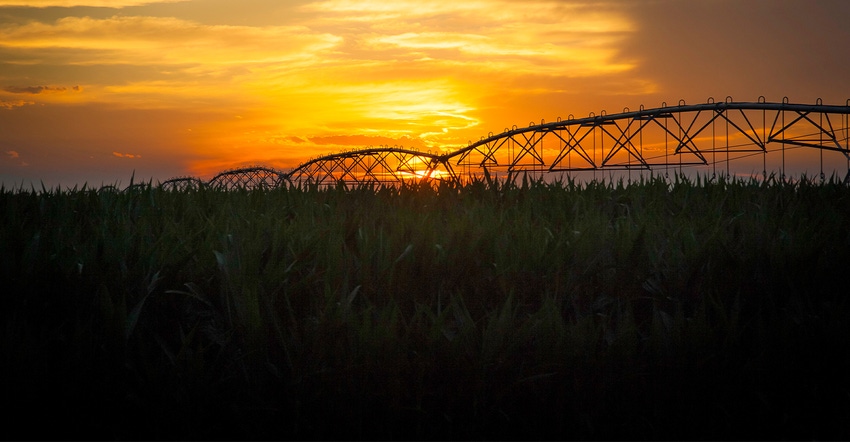November 21, 2019

CNBC earlier this month highlighted some disturbing trends impacting American family farms and ranches. In its “Evolve” series, CNBC reported that farm bankruptcies in September surged by an astonishing 24%. This was due to a “perfect storm” created by the trade war with China and Europe, slumping commodity prices and a year of unfavorable weather. CNBC also reported on this grim statistic from the Centers for Disease Control and Prevention: The suicide rate for farmers and agricultural workers is 1.5 times higher than the national average.
However, the article concluded on a more upbeat note, underscoring how American farmers and ranchers have also always been resilient. Family Farm Alliance President Patrick O’Toole, a Wyoming sheep and cattle rancher, talked about how resiliency is an essential component of families who ranch in the West.
“When you’re out in the middle of a field 20 miles from town, and your tractor breaks down, you don’t call someone and wait for him to come — you fix it,” he says.
That type of resiliency leads to innovation, and the West is chock-full of examples where technology and innovation have led to increased water security and economic development. Aging agricultural infrastructure, expanding population, persistent droughts and declining fish populations are stressing scarce Western water resources. Farmers and ranchers in the West rely on irrigation to grow food and fiber. But the dams and canals that capture and convey this water from rivers to farms are aging, and sometimes inefficient. In many scenarios, farmers and rivers do not get the water they need.
Getting it done
In Oregon, the Farmers Conservation Alliance has launched an irrigation modernization program that addresses fundamental problems in aging infrastructure, unifies solutions for rural farming communities and enhances the environment. By replacing outdated infrastructure with modern technologies, farmers can do much more with less. Irrigation modernization positions rural communities for long-term resilience, enhancing our domestic food supply and fostering a healthy environment for generations to come.
There are many other examples showing how Western producers and irrigation district managers are addressing challenges that impact water supply reliability. They demonstrate that the best solutions are locally driven and collaborative:
• In California, Friant Water Authority water users are using plane-mounted cameras and laser technology to measure snow depth and reflectivity, and estimate the amount of water supply stored in the Sierra snowpack. Their predictions of runoff to streams and reservoirs have been shown to be more than 96% accurate, vastly improving on conventional methods, which are about 60% accurate.
• In Washington state, the Kittitas Reclamation District is using its irrigation delivery canals to augment tributary flows and reconnect lost fish spawning habitat.
• In New Mexico, the Elephant Butte Irrigation District is tracking and capturing fast-moving monsoon runoff for irrigation and groundwater recharge.
Water managers, ranchers and farmers are technologically savvy, innovative, resourceful and creative individuals. At the Family Farm Alliance, we will continue to strongly advocate that these innovators be seen as a resource by federal water policymakers to participate in resolving the water conflicts of the West.
Keppen is executive director of the Family Farms Alliance.
About the Author(s)
You May Also Like




